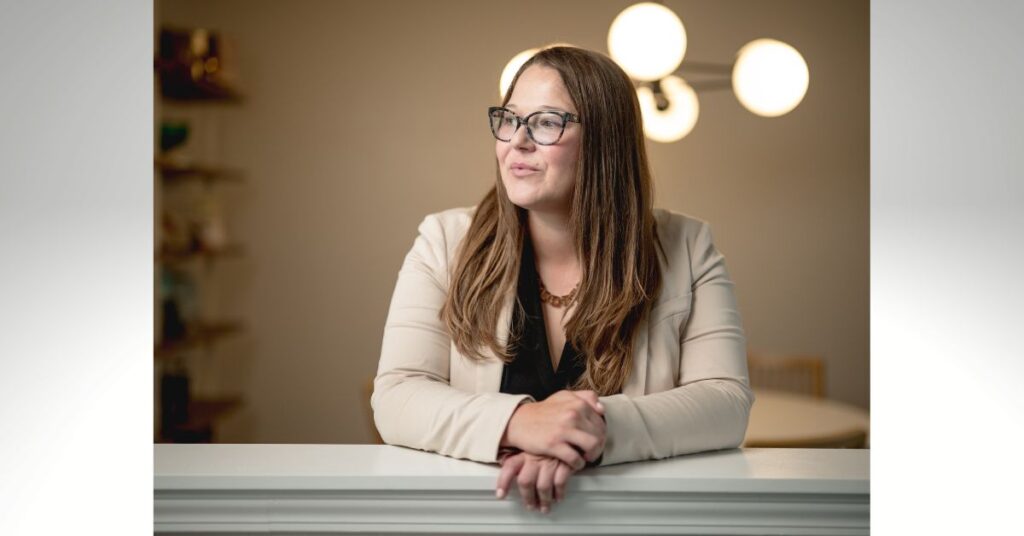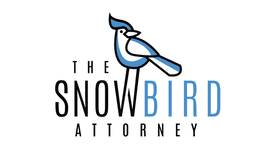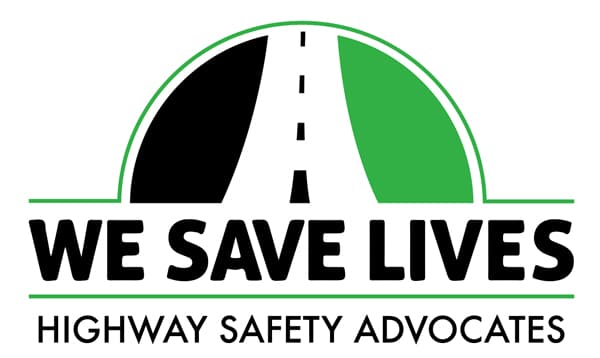
Traumas and Healing. I’ve known that I wanted to be a lawyer ever since I was a little kid when my friend’s dad told me that he was a lawyer and it meant that he made money by arguing with people. Sign me up, sir. As I grew up that decision was solidified with every episode of Law & Order I watched and every mock trial round I competed in. Very few things in my life remained constant, but my goal of being a prosecutor never changed.
Fast forward to 2011—I’m 21 years old, a nationally ranked mock trial competitor, and getting ready to start my internship at the District Attorney’s Office before graduating college and heading off to law school. I had it all figured out, until we got the call that my younger brother had been shot and killed around the corner from our childhood home. In addition to the trauma of losing him, we were thrust into the legal system with a murder case that was being prosecuted by the same office I’d been set to intern with. My well-made plans fell apart. I delayed graduation to grieve, attend the murder trial, and figure out new internship options.
Trauma #2 Leads to Serious Spinal Injury
My college placed me for an internship at a law firm specializing in personal injury and workers compensation. To be honest, I hated it. Civil law felt incredibly boring and low stakes in comparison to the murder trial that I was living out and these injured people just complained too much for my liking. I did my time at this internship like a prison sentence until a few months in when Trauma # 2 hit—I was hit by a negligent driver and suffered a serious spinal injury. It’s like God was showing me what those injured people were complaining about and growing my heart for a personal injury practice in a dramatically hands on kind of way.
After neck surgery, three rounds of steroid injections, and almost two years of physical therapy I finally started to get my life back. I put my new neck to use by training for a half marathon, jumping back into old hobbies, and generally just enjoying my life that was no longer riddled with debilitating pain. Until Trauma # 3—another negligent driver. More pain, more spinal injections, more surgery.
Personal Injury Law Was Calling Me
By the time I healed from this injury I had graduated law school and was preparing for the bar exam. I felt more confident than ever that God had created me to be a criminal defense and personal injury lawyer and was pushing me into it with murder trials and personal injuries that hit a little too close to home. As I passed the bar exam and began my lawyer life, I thought the traumatic growth experiences would stop as I was living out the calling that God had for me.
Key word: thought.
Trauma # 4—would you believe me if I told you I got hit by another negligent driver? Because my spine surgeon sure didn’t. More injections. More surgery. More physical therapy. And a special little hell more commonly known as a traumatic brain injury. I spent six months at a brain injury rehabilitation facility learning how to walk and talk and see properly again—all so I could fight my way back into a courtroom to fight for my clients.
After two and a half years of recovery, I was ready to get back in the courtroom but I knew that I needed to do it my way. I needed the authority to control how best to take care of my clients and to determine how much support and what resources I got. I needed to start my own law firm. On July 1, 2022, I launched Trauma Law California. A firm full of folks who understand that the legal system is traumatic and dealing with your lawyer doesn’t have to be.
Submitted by Shanna Hesketh, Personal Injury and Criminal Defense Attorney
For more information please visit Trauma Law California.
We thank Shanna for her continued support.
This article is also featured in our 2022 Winter Issue of Sharing our Recovery.
The Crash Support Network is a unique website consisting of an online support group, a Crash Survivor Blog written by a survivor, our Sharing Our Recovery Newsletter, informative articles and a Virtual Crash Memorial. Our website is based on relationship-building and puts the needs of survivors first by creating a helpful resource for victims and survivors of motor vehicle crashes.





